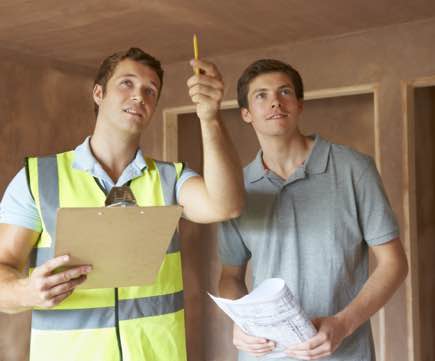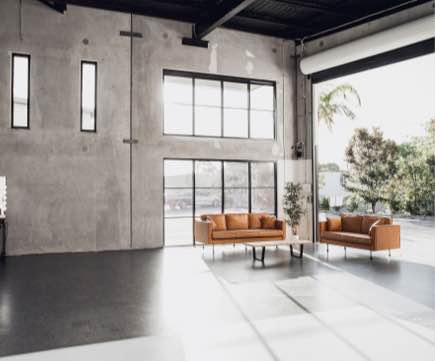Buying real estate property doesn’t happen every day, and for some, it’s a one-time occurrence. You’ll want to ensure that you really get what you’re paying for, and that’s why you want to speak to a pre-purchase building inspector.
Typical homebuyers are more interested in the number of bedrooms and bathrooms in a home and how well it will look once furnished. Typical homebuyers aren’t trained to identify any existing and potential issues that could potentially disrupt a sale or purchase of a particular property or real estate.
However, the job of a building inspector is to identify any existing and potential issues and allow you to negotiate a better price, but also alleviate said issues once you’ve bought the property. As with most things in life, it’s always best to do your research, so we’re here to answer the most commonly asked questions about home inspections.
Do You Need a Building Inspection?
Pre-purchase building inspections aren’t mandatory by law, so you’re not required to hire a building or pest inspector before buying a real estate property. However, they are highly recommended for several different reasons.
To start, they help you mitigate the risk of buying a property that has potential structural or pest issues. Additionally, they provide you with negotiating power and peace of mind. Some lenders may also require a building inspection before approving a mortgage, especially if you’re buying an older property.
How Much Does It Cost, and How Long Does It Take?
The cost of a building inspection varies from one company to the other, but they all depend on the size of your property and the type of inspection you need. Inspections on a smaller property, be they structural, pest, or combined, are typically more affordable compared to inspections of larger structures.
The same applies to the duration of the actual inspection; how long it takes depends on the size of your property and its condition. Well-maintained properties generally take less time to inspect, but in most cases, an inspection time for a standard 250m2 home is around two hours.
What Areas of the Property Are Inspected?
On the outside, building inspectors usually inspect the entire site up to 30 metres from the actual building. This also includes driveways, external walls, windows, doors, any type of adjacent decks, gutters, downpipes, the roof, and sub-floor spaces, if any. Surface water and stormwater drainage are also examined.
As for the interior, the inspectors will likely check the flooring and floor coverings, walls, ceilings, windows and door frames, joinery, and all the hardware associated with plumbing. However, the inspection doesn’t end there. You can expect moisture and thermal inspections, as well as inspections of roof spaces.
Should You Attend the Inspection?
Inspections aren’t mandatory by law, and it’s by no means mandatory that you attend one. You’ll get a written report on all the issues the inspection uncovered whether you attend or not. However, we highly recommend that you accompany the building and pest inspector around your potential property.
By doing so, you can have a more thorough, first-hand look at the property you plan on buying and gain a detailed understanding of any potential issues you might encounter if you proceed with the purchase.
Summary
Don’t be alarmed if the inspection report indicates defects; it’s common for most buildings, even new ones, to have several minor or major defects that come up throughout the inspection. However, hiring an experienced and trustworthy building and pest inspector makes all the difference in whether the defects listed in the inspection report mirror those noted on the property.
If you’re looking for experienced, trustworthy, and precise building inspectors, don’t hesitate to contact Co-Spec Building and Pest Inspections in the Gold Coast and speak with a qualified inspector today.








